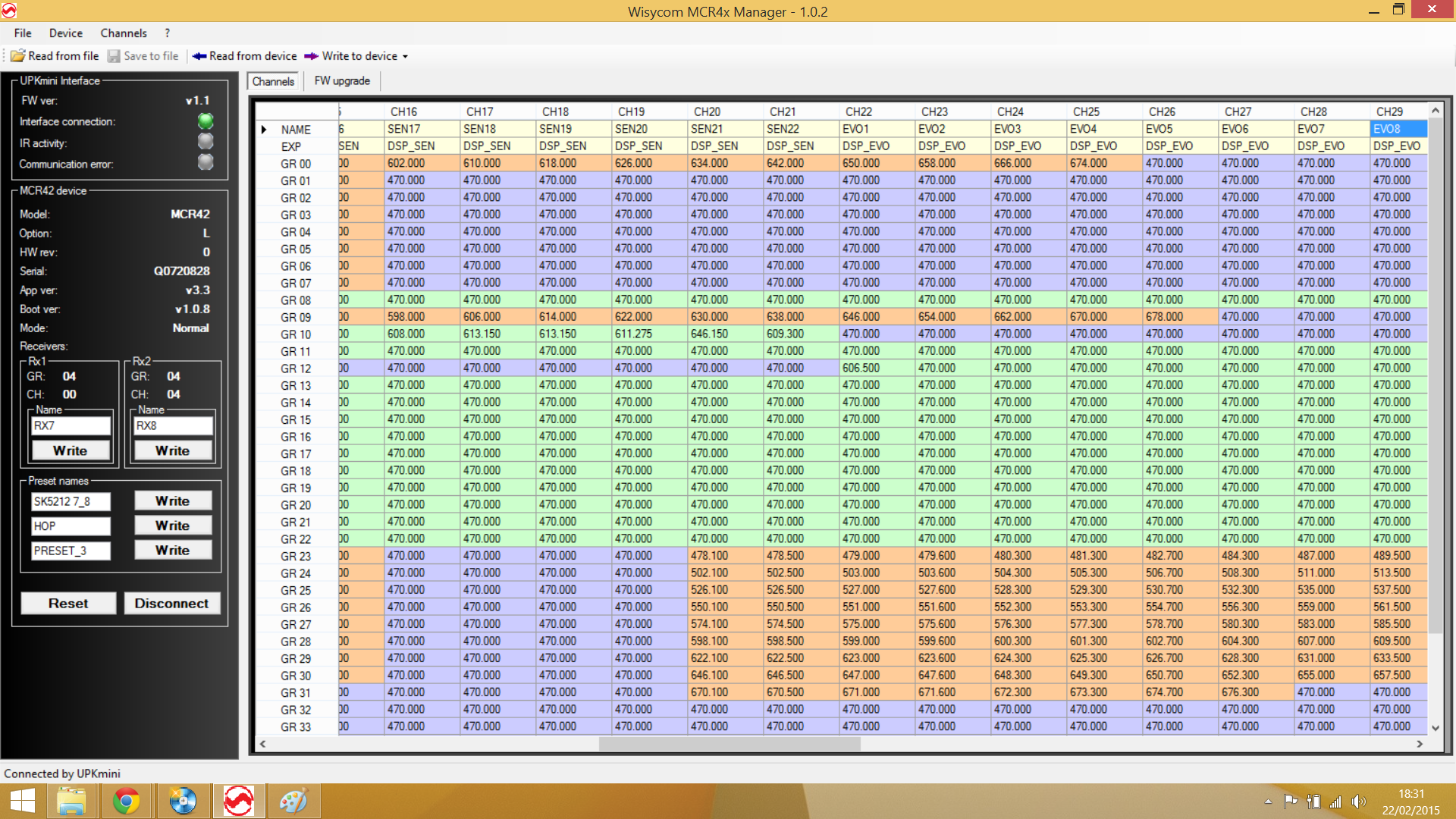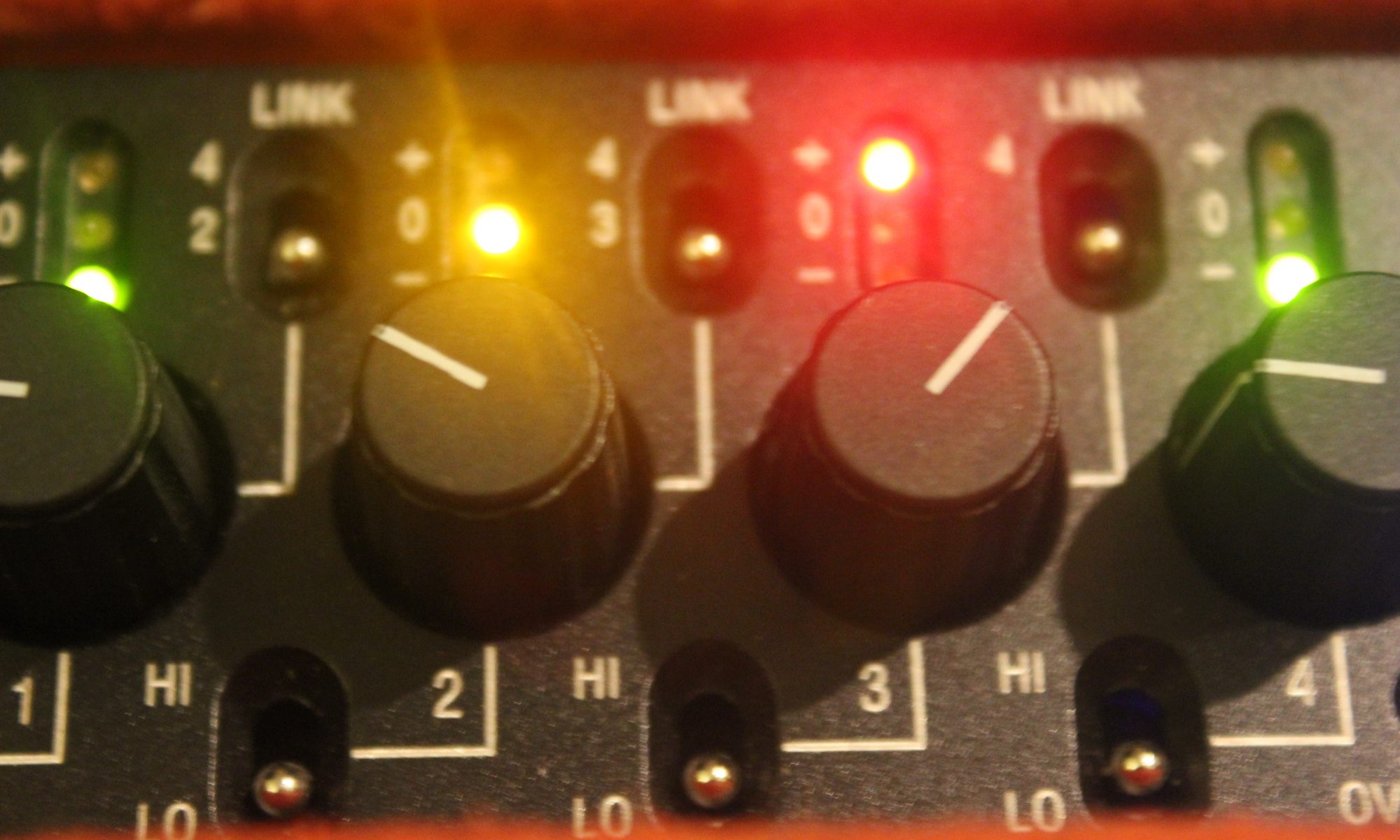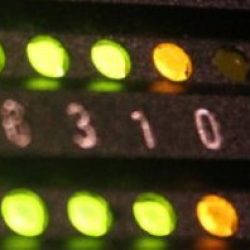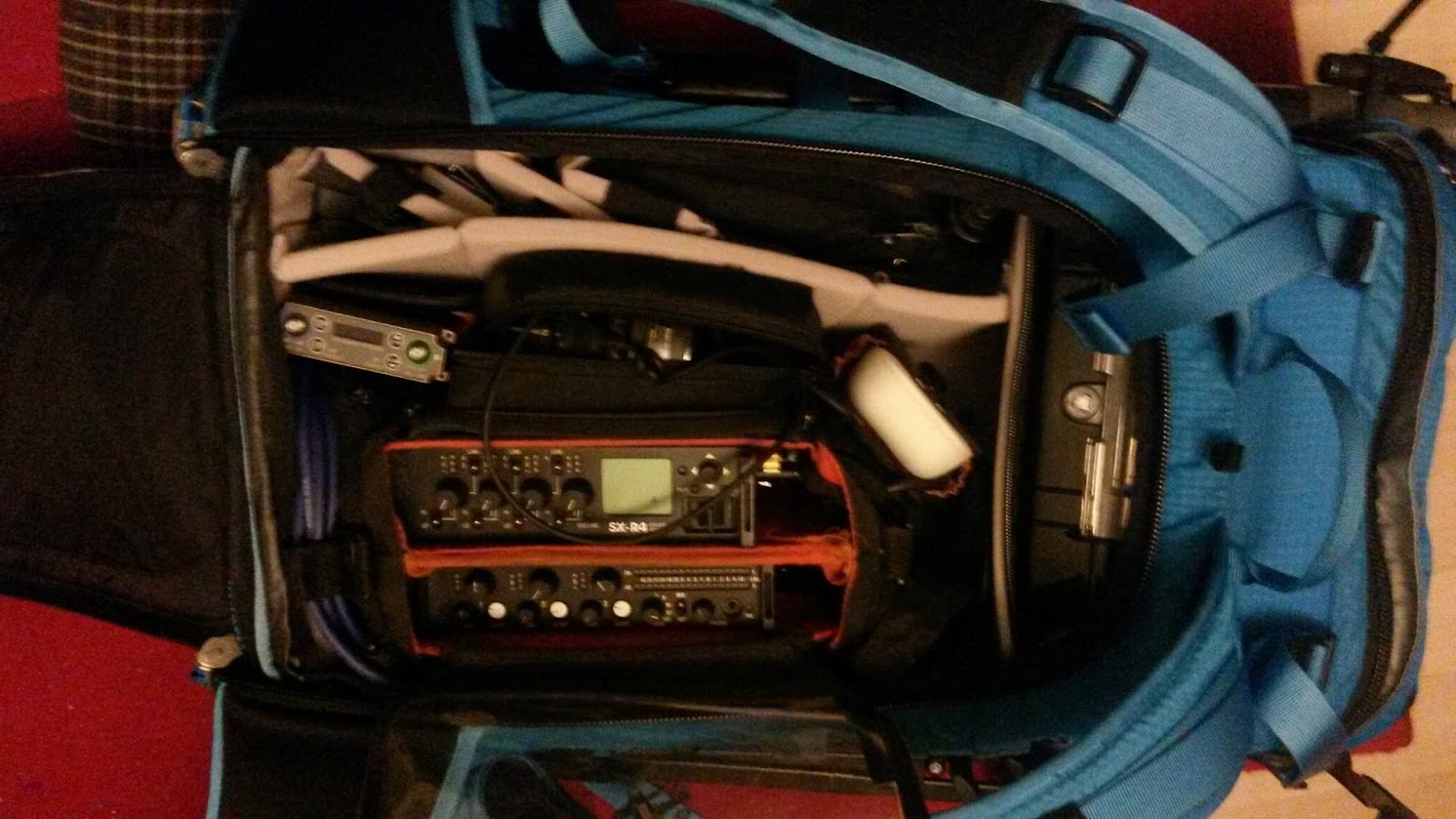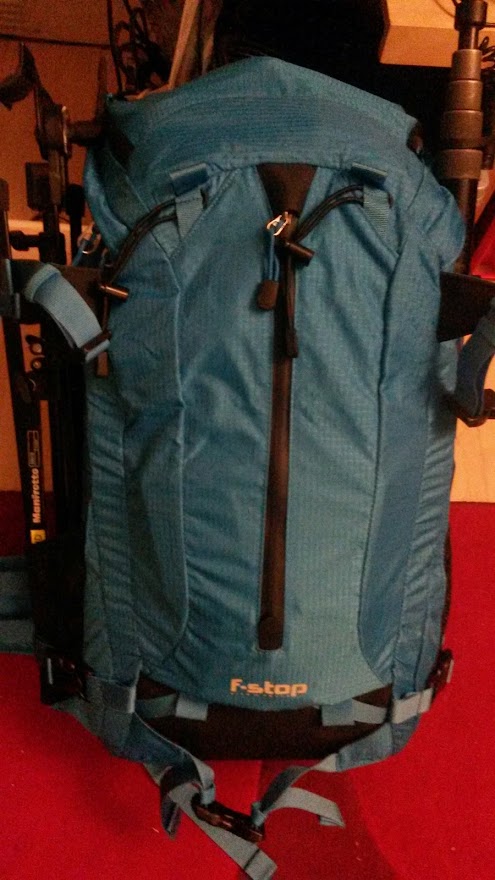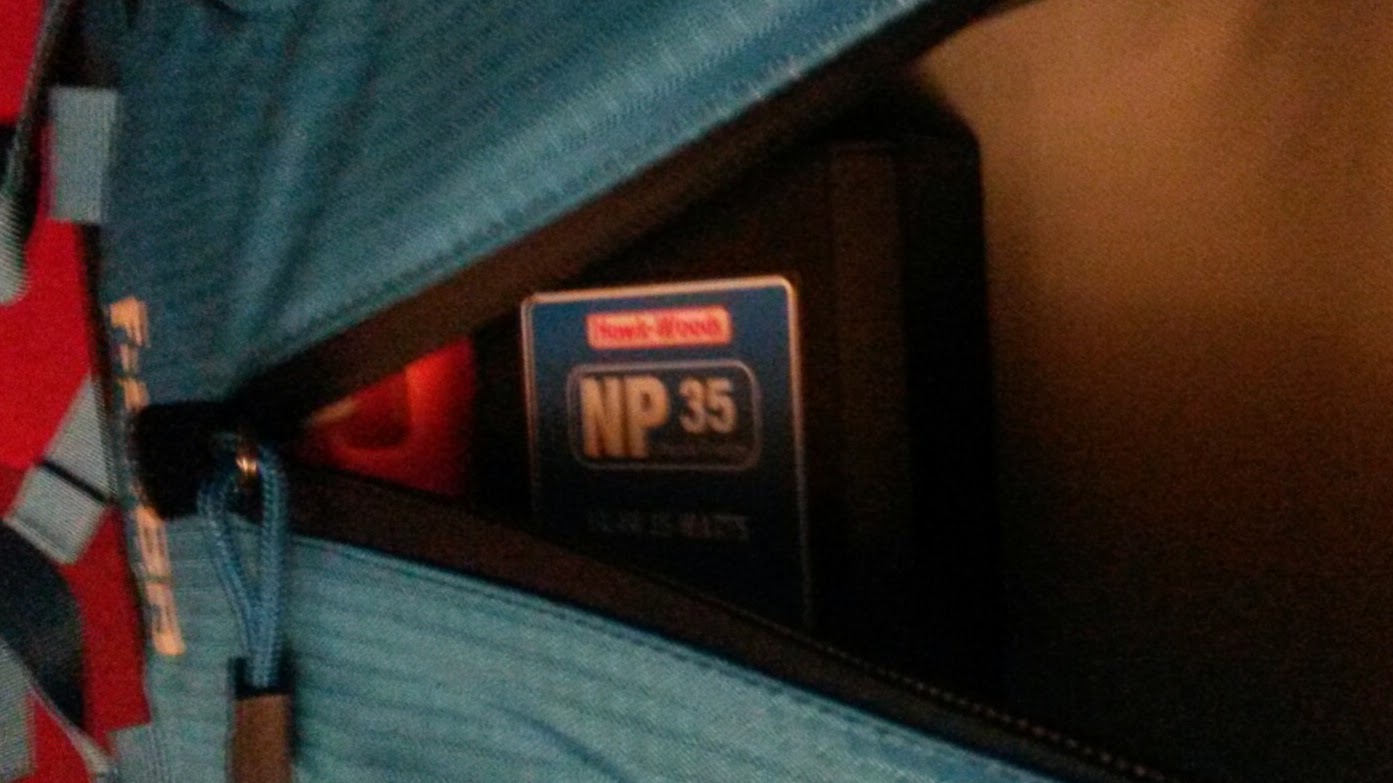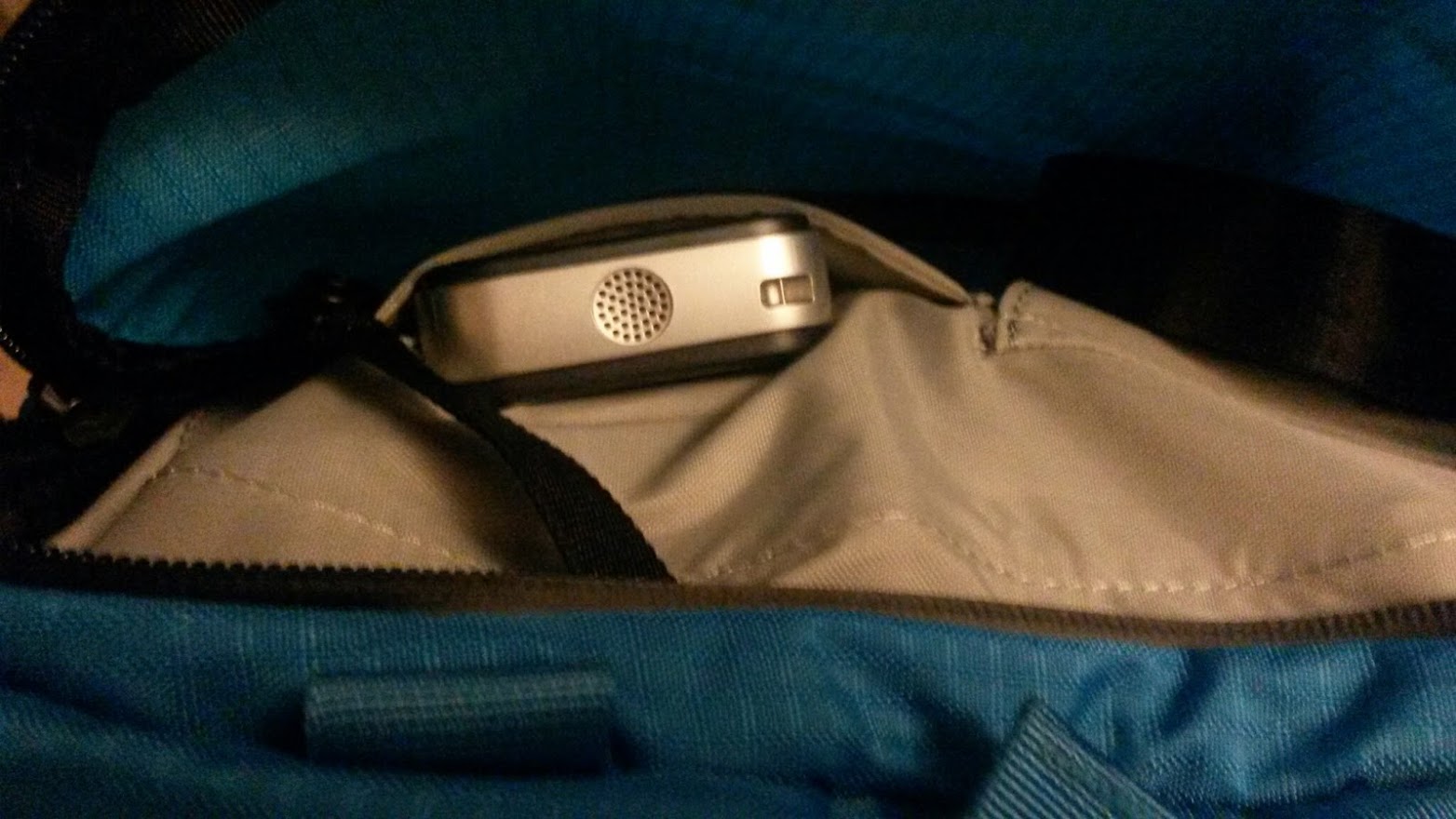I’m going to just take you through what’s involved in a basic professional kit for sound recording. And, if you want to get into this business what sort of things you should prioritise.
1) Boom microphones
These are the important things, and are actually the only bits of your kit which will make a significant difference to the rushes you hand over. They’re also mature technology, so nothing new’s going to come along and make them obsolete any time soon. I’d expect to get 10 years or more use out of a professional mic. So buy a good one (or maybe two). It depends what kind of work you’re doing, but a good shotgun or hyper/super-cardioid mic will actually work nicely for both outdoor and indoor work.
Cheapest professional solution would be a 2nd hand Sennheiser MKH416T (T= T powered, so will require an adapter to work with most modern mixers). It’s very directional, very robust (both with build and environmental conditions) and has pretty low self-noise. Downsides are any off-mic sound is not natural and it doesn’t work well in reflective spaces.
I run Sennheiser MKH8060 and 8050 mics, which are newer, more compact, don’t have quite the same directivity but work better off axis and in reflective interiors
2) Boompole, shockmount, windshield
This is all the mechanical stuff, oh- that shouldn’t cost much, or matter, should it? It all affects how easy it is to use the gear and it’ll make noise when set up or used incorrectly! Again, don’t cheap out on this stuff. For anything on your own, you shouldn’t really be using a boompole much longer than 10′, it get unwieldy and you’ll start doing horrible things to your back.
Carbon fibre really makes a difference to the weight. Internal cables can be handy for doco jobs, but they’re not necessary and can flap about (making noise) if you’re moving.
Different people like different manufacturers but Ambient, Panamic, VDB K-Tek and PSC all make professional stuff and second hand poles do come up *cough*. Loon also make excellent poles but the company’s had some difficulty so purchasing or getting hold of parts may be difficult
Your mic needs a suspension, and one that works for the weight of your mic too. Look at Rycote, or Cinela (if you’re rich)’s website and they can advise on the right one for your microphone (you can even talk to them). Also, if you’re outside you *need* windshielding, otherwise everything will sound like low frequency rumble. A suspension and softie will do for light wind, but once you’ve got anything over a light breeze you’ll need a ‘zeppelin’ type suspension. Again, Rycote or Cinela will be the ones that last (again, check their website or with them directly for the right size). Rode do a cheaper one, but it’s a bit bigger and more unwieldy
3) Radio Mics
These little things work by the power of witchery and are also devilishly expensive. The bit where you don’t cheap out is (again) the microphone. Sanken COS11 and DPA 4071 (or 4060/4061/4063) are ‘all purpose’ professional mics. They’re the bits that make the big difference. Watch out buying second hand lavelier mics, as they get older the cables get stiffer
The nicer top end transmitters and receivers are often smaller, sometimes more robust and offer extra features like control and increased bandwidth. Performance and sound-wise some of the cheaper analogue systems, Audio Wireless, Audio Ltd EN2 and Micron seem to offer some of the best value for money. Lectrosonics, Zaxcom and Wisycom have more bells and whistles (almost literally for the lectro remote control tones). Audio Ltd 2040 and Sennheiser 5000 sound great and are small, but are expensive.
Watch out what your frequency ranges are. We can legally use 606-614MHz (with a license) and 863-865MHz in the UK when out and about. Other frequencies can be licensed for fixed locations (see https://www.pmse.co.uk/). For the majority of doco type work I don’t use more than 2 channels worth of radio mics, so don’t buy more than that to start with. The second hand market’s particularly good for lower bandwidth analogue systems at the moment, since Wisycom dropped their prices considerably last year and *everyone* bought them.
As an absolute minimum go for sennheiser evolution series (sk100, ek100) transmitters and receivers , they can also be useful later for sending signals around set for monitors etc
4) Mixer
A lot of people ask “what recorder should I get?” when they start out. This is not the correct question. You need a mixer for any ‘lower end’ properly paid work as the editor isn’t going to want to patch together hours of individual tracks. They need a mix (and you’ll also get to do your job, mixing sound) and usually this will get recorded onto camera, so you need the right outputs. Zaxcom and Sound Devices make some nice machines which are both mixer and recorder in one box, however you don’t *need* this.
The mixer’s the heart of your kit, it’s what you’ve got hands on control of and everything runs through it. You’ll need at least 3 channels, and the stuff you’re paying for is professional quality preamps and limiters. Second hand SQN, Sound Devices 302, 442 or 552 (you get a recorder thrown in!) are all readily available at reasonable prices. Direct outs might be a nice thing to have later, but don’t worry too much. You’ll also need an umbilical cable to camera which will cost you about £125-150 to have made up. These will also all run for ages on AA batteries (552 is maybe an exception)
5) Headphones
This is your only way of hearing what’s going on. You need closed back headphones and nothing with active noise reduction (as it’ll process what you’re recording!). Again, really important and personal choice. Here’s some professional options:
Sennheiser HD25, HD26 PRO, HD280
Beyerdynamic DT770, DT250 DT1350
Sony MDR-V6, MDR-7506, MDR-7510
Ultrasone 550 PRO
6) Bag, Harness etc
This is all down to personal choice, but totally key for ergonomics, for how your gear fits together. They seem really expensive for what they are, but as soon as you start having to unplug and plug in cables out of some kind of camera bag it becomes tedious, especially if you have an issue with something. KT Systems in the UK and Kortwich in Germany will make custom bags (and do off-the shelf things). Other manufacturers include K-Tek, Porta-Brace, Petrol (who seem to have been re-branded to Sachler this week), and Orca (who originally did the Petrol bags).
Harnesses can be important, again, it’s a personal preference. The can be expensive, but so are osteopath’s bills!
7) Recorder
This is where you can really cheap out and still have great recordings! You need 2 channels, which can handle professional line level (Tascam recorders with XLR connectors do, while Zoom don’t) or consumer line level if your mixer has a ‘tape out’ jack. You don’t need extra mics, you don’t need 192kHz recording, just 2 line ins and a record button, all the niceness is in your mics and mixer. This will be totally fine for an emergency backup if the camera audio goes wrong, or for jobs with DSLRs (don’t plug into them, just don’t).
Some of the issues with a lot of the consumer recorders is that they’re made for ‘hand-held’ use, which means the screen’s in the wrong place for bag use. A solution is some have a remote control, so you can bury the recorder in your bag, however you can’t change settings (if you need to). Tascam have some new recorders with wifi control on your phone, which could be really useful for this, just mount your phone on your bag (NB I haven’t tried this, but do intend on giving this a go).
If it’s a case you need multi track or time code, then hire another recorder in and charge production the rental fee.
8) Batteries
This will depend on the gear you’re using. Some gear may run off rechargeable AA batteries all day, however quite a bit doesn’t. For this size of bag either Sony ‘L-type’ batteries or Hawk woods NP35 would do the job, with the sonys being cheaper (knock-offs can be bought on ebay, although can’t vouch for quality) for all the chargers etc. Hawk woods make a power distributor
9) Cables
These will cost more than you think and if you don’t have them, nothing works! A number will require specialised connectors (which are usually £10+ to buy alone) and will have to be custom made. Learning how to make them yourself can save quite a lot of money and will be really useful allowing you to fix them in the field if they break (which will happen).
There’s no magic in cables which makes things sound ‘better’ (despite what audiophile magazines may say), they either conduct or don’t. However, choosing the right cable for the right job (flexibility, right kind of shielding) will make a difference to how long it lasts, and how usable it is. Again the connectors make a difference, with how serviceable and reliable they are
Always make sure you’ve got at least 2 spare XLRs with you for doco jobs too. There’s a number of skilled cable makers about who will make cables to order.
10) Zoom F Series (addendum)
Here’s a short addition about these machines since they’ve been released after this post was written. Effectively both the F8 and F4 are mixer/recorders, and from all accounts are pretty decent quality.
On paper the F8 has more features, more inputs etc, however I think the F4 looks more practical for the majority of jobs I do in the bag, being designed more like a mixer. It’s got bigger knobs on so should be possible to mix on (the F8s are only really useable to set levels and make minor adjustments due to how tightly they’re positioned), has full size XLR outs (so you don’t need to have TA3 adapter cables) and a dedicated return feed.
On both machines the line ins are still on jack plugs only, which is a real annoyance- they don’t lock and, again more adapters or custom cables. Also the limiters are digital, so if the signal is too hot going into the analogue to digital converter, it’s toast.
In a drama situation, on the other hand the F8 is more useful as either a backup recorder, additional channels or something to put in the boot of a car with its remote functionality. The fader control surface should allow it to be used as a proper cart recorder too
